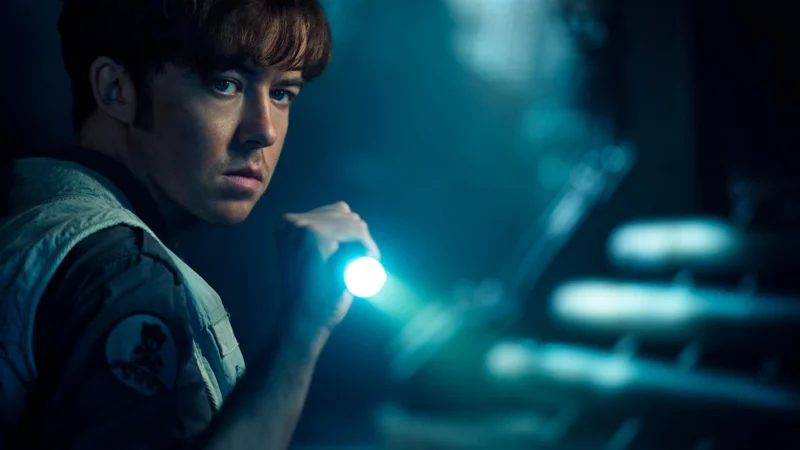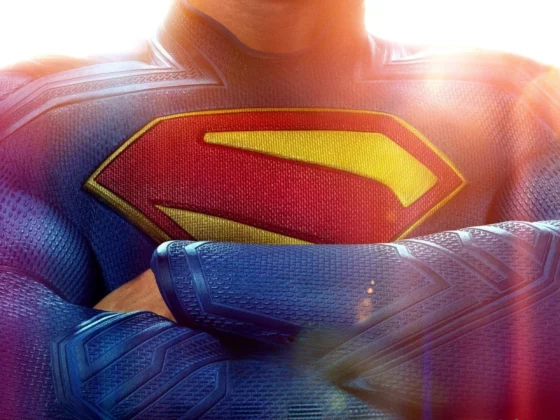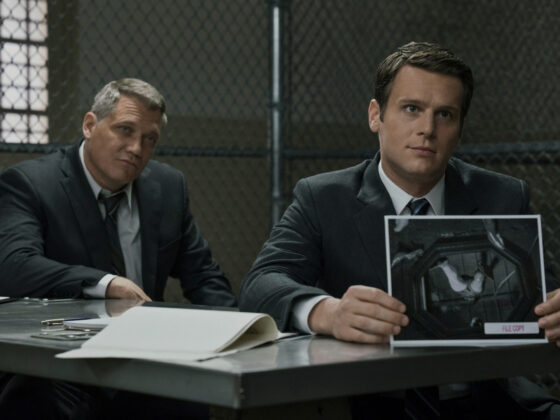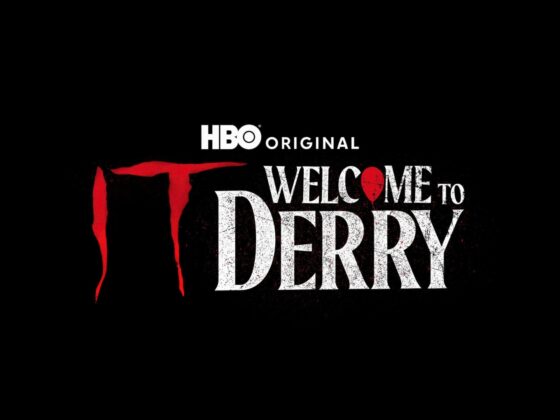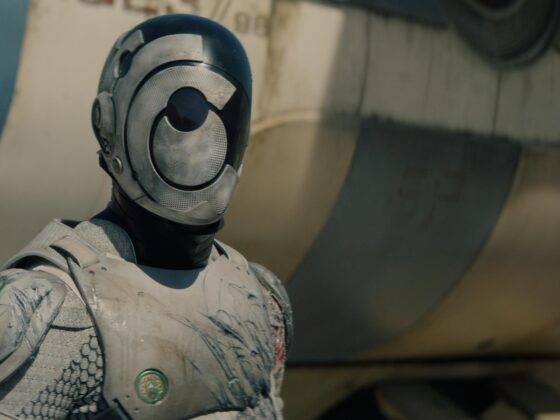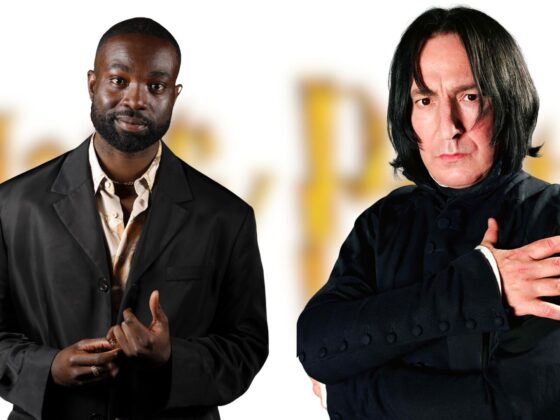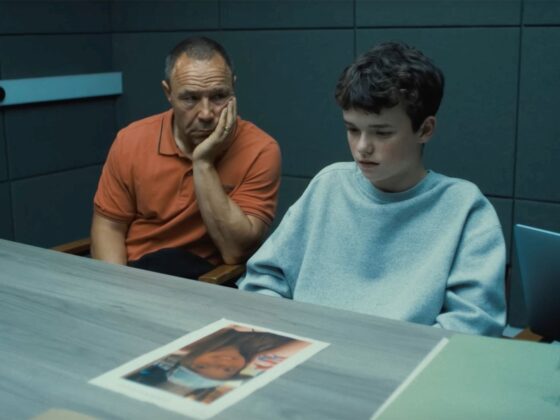Since 1979, the Alien franchise has always focused on what happens when you put a genetically engineered killing monster in closed quarters with a space crew who have nowhere to run. However, in Alien Earth, Noah Hawley takes the Xenomorph out of deep space and drops it into something far more terrifying: corporate boardrooms and research facilities.
Set in 2120, just two years before Ridley Scott’s original masterpiece, Alien: Earth transforms the franchise’s trademark claustrophobic horror into an expansive meditation on what makes us human and whether that’s something worth preserving.
The 8-episode FX series opens with familiar beats, introducing us to a doomed crew aboard the USCSS Maginot who awaken from cryosleep, trade exposition-heavy banter, and meet their inevitable gruesome end. Immediately after, Hawley takes us to Earth, where five mega-corporations have carved up the planet and now rule in place of governments.
Our focus in the first episode is on the upstart Prodigy, led by the wonderfully named Boy Kavalier, a trillionaire wunderkind who reads Peter Pan during surgery and names his research facility “Neverland.”
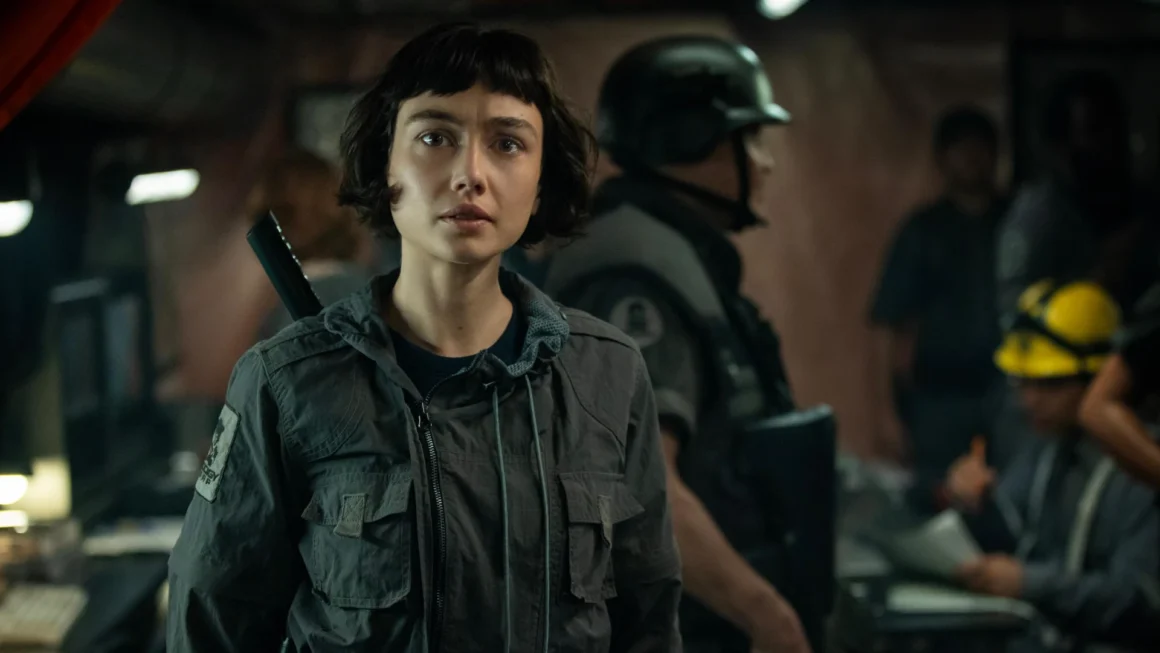
Kavalier’s latest obsession isn’t just wealth or power but immortality through “hybrids,” human consciousness downloaded into synthetic bodies. His test subjects are terminally ill children, renamed after the “Lost Boys” and given adult android forms (the entire series is filled with Peter Pan allegory, so it helps if you’re familiar with the story). The first is Wendy, a naive protagonist caught between her human memories and inhuman capabilities.
When the Maginot crashes into Kavalier’s corporate city carrying its deadly cargo, the stage is set for a tango between Prodigy, Weyland-Yutani, and forces beyond anyone’s control. The Xenomorphs are now on Earth, but they’ve not come alone.
They’re joined by new nightmares, including acid-spitting flies, blood-sucking creepy crawlies, and “The Eye” – a tentacled horror that possesses victims by burrowing into their eye sockets (I am having a hard time sleeping nowadays). I’ll stop there as far as plot details go, lest I spoil the whole series.
Hawley has already proved his ability to remix great stories with his work on fellow FX series Fargo, and that same skill is apparent here as well. He demonstrates masterful understanding of the Alien DNA while expanding it in unexpected directions. Of course, he’s greatly aided by the fantastic production design on set that perfectly recreates the franchise’s industrial retro-futurism.
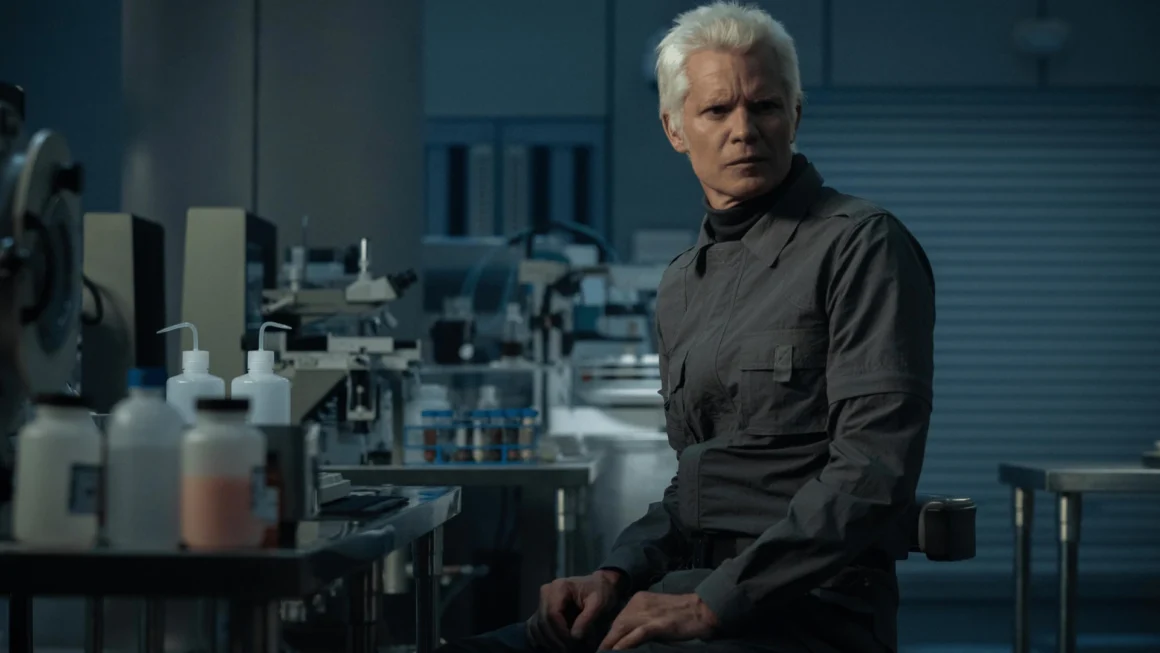
Characters might not be the show’s greatest strength, but that’s not to mean that they’re entirely lacking. Timothy Olyphant delivers a chillingly smooth performance as Kirsh, a calm and cool-headed synth with the hairdo of Val Kilmer, while Babou Ceesay brings powerful intensity to Morrow, a cyborg security officer wrestling with his hybrid nature.
The best parts of Alien: Earth are when it embraces its Gothic sci-fi horror roots. The Xenomorph sequences deliver the franchise’s signature body horror with fresh creativity, while corporate espionage adds layers of paranoia and distrust. My biggest surprise, though, was how the Peter Pan parallels work better than they have any right to, especially on the themes around lost innocence and the refusal to grow up.
Obviously, this is far from a perfect show. Alien: Earth stumbles a lot when it comes to its hybrid storylines. Watching adult actors play children in synthetic bodies feels awkward, and the performances only occasionally manage to move past that. The philosophical weight of questions about identity and artificial consciousness sometimes feels cerebral rather than visceral, though props to Sydney Chandler on how she manages to ground Wendy’s identity crisis with genuine emotional complexity.
I also have a bone to pick with the season finale. Hawley brings everything together in spectacular fashion, showing how the “Lost Boys” finally embrace their power, turning predator instead of prey. However, the climactic confrontation between synthetic beings, corporate overlords, and alien nightmares is left unresolved. In the end, I felt baited into watching a second season, rather than getting closure for the consequences of unchecked ambition.
Still, Hawley’s greatest achievement here is proving that the Alien universe can support long-form storytelling without losing its essential horror. By grounding the series in questions about consciousness, identity, and corporate control, he creates something that is both faithful to the source material and yet original enough to stand by itself.
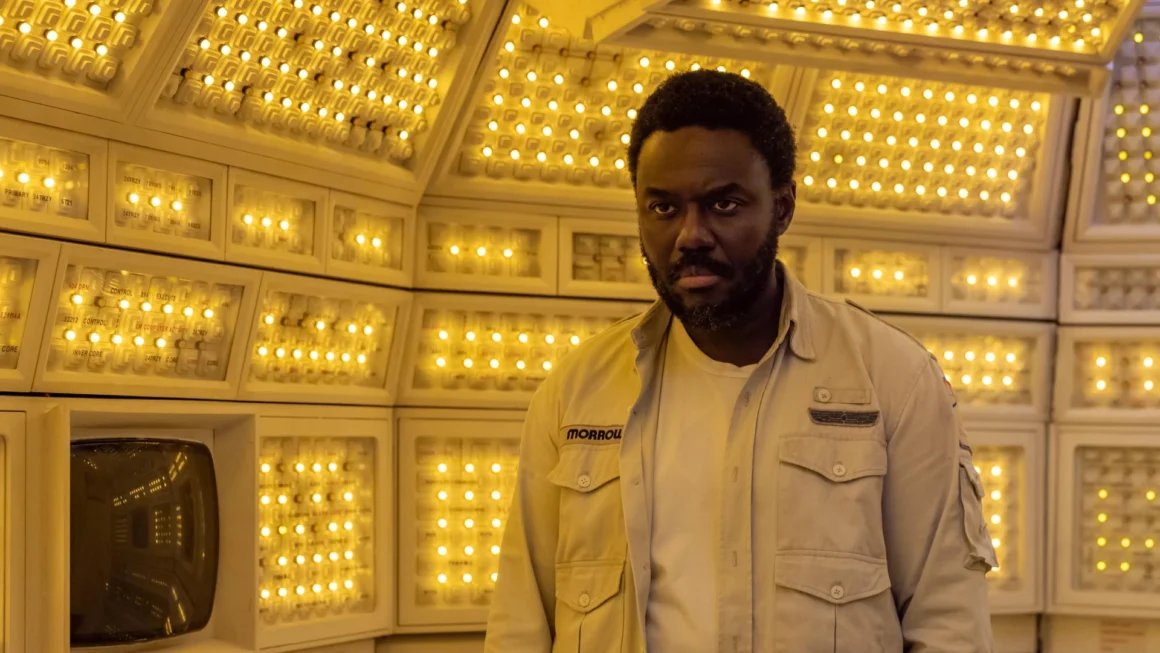
Much like Romulus, Alien: Earth has established itself as worthy of the franchise name, despite its flaws. It’s a decent expansion of the Alien mythology that proves something we’ve seen before in The Walking Dead. Sometimes, the most terrifying monsters aren’t the ones with acid blood, but those wearing suits and ties, playing god with other people’s lives.
P.S: Can someone please tell me who the mold guy in the ultra PPE hazmat gear is and what he is spraying? Everyone seems to be passing him without wearing any protective gear, yet he’s dressed like a Harkonnen battling some serious biohazard!
Verdict
Verdict-
Storytelling6/10 GoodEvaluation of the plot, character development, and narrative structure.
-
Cinematography6/10 GoodAssessment of camera work, lighting, and visual aesthetics.
-
Acting5/10 AverageEvaluation of the performances and character portrayals.
-
Soundtrack7/10 Very GoodEvaluation of the show's music, sound design, and use of audio elements.
-
Emotional Impact7/10 Very GoodThe show's ability to evoke genuine emotions and leave a lasting impression.
-
Technical Execution7/10 Very GoodEvaluation of the show's technical aspects, such as editing, special effects, and production values.
-
Originality6/10 GoodThe show's level of innovation, uniqueness, and freshness.
